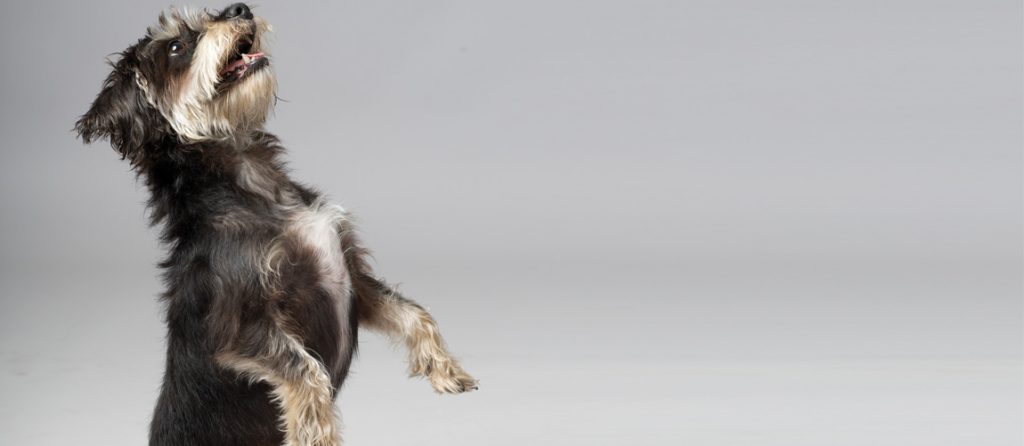Dogs would gobble up just about any “people food” tossed their way. Trouble is certain foods can be dangerous, even deadly—and some surprising items make the list.
Many pet owners know chocolate is a no-no, but who’d have thought of avocados? What about grapes, onions, macadamia nuts or the artificial sweetener xylitol?
It’s just not always true that what is good for a person is good for a dog,” says Dr. Robb Murphie, a veterinarian at Anderson’s Corner Animal Hospital in Toano, Virginia. “Often, we don’t know why certain foods are toxic, or why some pets are super-sensitive while others can eat the same things and do fine.”
Chocolate tends to be the most common of the dangerous foods for dogs. Generally, the darker the chocolate, the more dangerous (baking chocolate is the worst). Substances in cacao beans can cause vomiting and diarrhea, panting, excessive thirst, hyperactivity, abnormal heart rhythms, seizures and even death. “Basically, it’s too much of a stimulant, and their hearts just can’t keep up,” Murphie says.
Treatment depends on how much of a food the animal ate, and its size. Concerned owners should always consult their vet or a poison control center. The American Society for the Prevention of Cruelty to Animals (ASPCA) runs a 24-hour line staffed by veterinarians and toxicologists—(888) 426-4435—for a potential $65 fee.
“Since certain foods can be more harmful than others, like dark chocolate or alcohol, it’s better to be safe than sorry,” says Gina DiNardo, vice president of the American Kennel Club.
Dogs shouldn’t howl in despair, though: with a vet’s clearance, some “people foods” are safe, albeit nothing too greasy, fatty, sugary or salty. DiNardo lists apple slices, cottage cheese, yogurt, liver, ground chuck, string cheese, carrots and boneless chicken, while Murphie suggests boiled (not fried) chicken, rice or lean hamburger.
Just don’t let them wolf down too much.
“Like anything,” DiNardo says, “your dog should enjoy these foods in moderation.”
Ten dangerous foods for dogs, according to vets and the American Kennel Club:
Xylitol
Found in many sugar-free gums, candies, baked goods and toothpastes, xylitol can cause liver damage and low blood sugar.
Grapes and raisins
Vets aren’t sure why, but both can lead to kidney failure.
Onions, chives and garlic
All contain substances that can damage red blood cells, causing bloody urine, anemia and weakness. While cats are particularly susceptible, dogs are at risk if they consume large enough quantities.
Avocado
A toxin in the fruit can cause vomiting and diarrhea (and life-threatening breathing problems in birds and rodents).
Macadamia nuts
Some dogs are allergic to other nuts, too, but vets single out macadamias for a risk of vomiting, tremors, lethargy and elevated body temperature.
Alcohol
Any beverages or foods containing alcohol can be fatal or cause breathing difficulties, diarrhea and decreased coordination.
Yeast dough
A build-up of gas can rupture the stomach or intestines. Even with fully-cooked bread, vets don’t recommend more than a few small bits daily as treats.
Raw meat and eggs, and bones
Be careful if feeding a raw food. Bacteria lurk in uncooked animal products; bones are a choking hazard and can splinter into pieces that obstruct or puncture the digestive tract (note: swallowed fruit pits can do the same).
Milk
Pets don’t produce much lactase, an enzyme needed to break down milk sugars and avoid digestive upset. Some are more sensitive, but servings should be small for dogs—and even cats.
Salt
Too many salty snacks can interfere with the body’s balance of water and oxygen, triggering excessive thirst, urination and seizures.



